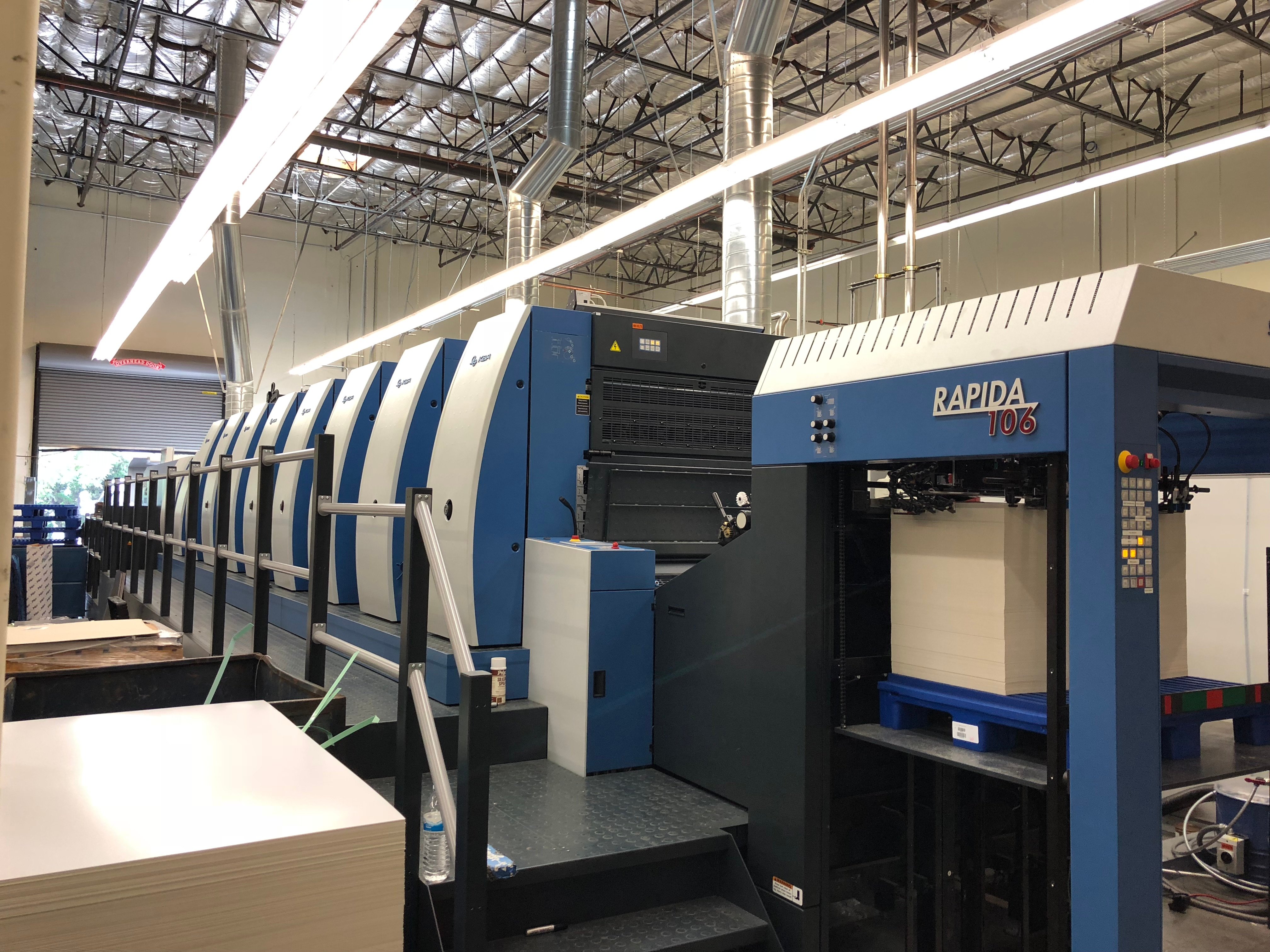A Comprehensive Overview to Recognizing Litho Printing Strategies
The world of litho printing, a technique stemming from the late 18th century, is a fascinating blend of background, innovation, science and art. This thorough overview will untangle the intricacies of this printing method, from the structure of litho inks to the challenges dealt with in modern-day applications. As we venture into the complexities of lithography, the significance of automation and sustainability in guaranteeing its future relevance ends up being significantly clear. Remain with us as we journey right into the captivating world of litho printing.
The Historical Advancement of Litho Printing
The historical trajectory of litho printing, a pivotal advancement in the world of communication, is a captivating tale of human ingenuity. Birthed in the late 18th century by Alois Senefelder, this technique was originally an affordable technique of releasing staged works. Lithography, derived from the Greek words for 'stone' and 'to compose', used a smooth rock surface area to move pictures onto paper. The procedure advanced with the development of the rotary press, which greatly increased productivity (litho printing). In the 20th century, the innovation of offset lithography changed the market, allowing for automation of top notch prints. Each phase of litho printing's evolution showcases humanity's ruthless pursuit of performance and quality in visual interaction.
Deciphering the Science Behind Litho Printing Inks
Relocating ahead in the exploration of litho printing strategies, the focus currently moves to the scientific research behind litho printing inks. The structure of these inks, their drying out process, and shade mixing strategies form the backbone of this intricate art kind. Recognizing these aspects is crucial to mastering the craft and achieving the wanted print outcomes.
Composition of Litho Inks
In lithographic printing, the basic function of litho inks can not be overstated. The make-up of litho inks varies depending on its purpose, however generally, they are composed of 2 primary components - automobiles and pigments. Pigments, the color-providing aspects, are finely ground bits put on hold in the automobile, a fluid that carries the pigment onto the printing surface. The vehicle is a complex mix of oils, solvents, and materials, which affect the ink's drying out time, bond, and gloss. Furthermore, numerous additives are present to boost specific residential properties like circulation, drying, and resistance to environmental results. Each component plays a vital component in the final print's high quality, making the specific solution of litho inks an elaborate science.
Ink Drying Refine
From the composition of litho inks, focus transforms to the interesting procedure of ink drying. Two key approaches are utilized in litho printing: oxidative drying out and absorption. Absorption, on the other hand, entails the ink permeating into the paper fibers, which is a faster procedure however can lead to less vibrant shades.
Color Combining Methods
While the drying process plays a vital function in litho printing, the science of color mixing methods holds equivalent importance. This is an intricate procedure that includes the cautious blending of primaries: cyan, magenta, and yellow, in differing percentages to attain a vast variety of hues. The enhancement of black ink, understood as 'key', assists in managing the intensity and deepness of the colors. The scientific research behind litho printing inks also considers the transparency of the ink, which influences just how shades overlay and mix. To attain an efficient shade mix, print experts need to likewise recognize the ins and outs of ink habits, shade concept, and the physical residential properties of the substratum on which the ink is applied.
The Art and Design Aspects in Litho Printing
Litho printing breathes life right into art and layout via its one-of-a-kind components. Litho printing suits a variety of colors, link making it possible for artists to produce dynamic and vibrant prints. This combination of precision and flexibility makes litho printing a preferred option for numerous artists and developers.
Modern Applications of Litho Printing Methods
Litho printing strategies have actually found substantial usage in the modern commercial sector. Its impact and relevance continue to grow with the introduction of new technologies redirected here and modern technologies in the field. This section will certainly explore these contemporary applications and the transformative role they play in the printing industry.
Commercial Litho Printing Makes Use Of
Litho printing remains a crucial part of the commercial market. High-volume printing jobs, such as the production of publications, papers, and packaging, count on litho printing for its ability to provide premium image high quality and price efficiency. Litho printing also provides a broad shade range, superior to that of digital printing.
Developments in Litho Printing
Pushing the borders of traditional strategies, modern-day innovations have actually sustained a host of advancements in litho printing. One noticeable development is digital litho printing, which integrates the merits of electronic innovation with litho's top notch outcome. These technologies highlight the long-lasting relevance of litho printing in the modern world.
Checking out the Refine of Litho Printing: Detailed

Difficulties and Solutions in Contemporary Litho Printing

In spite of the precision and tradition that litho printing happily maintains, it is not without its collection of contemporary difficulties. Digital litho printing enables for economical short runs and simple modification, resolving the issue of variable data. Thus, while there are difficulties, the litho printing industry is proactively this article adapting to fulfill them head-on, ensuring its importance in the future.
Verdict
To conclude, litho printing, with its abundant history and clinical details, holds a considerable place in the print industry. As the overview exposes, it's a synthesis of art and technology, with modern-day innovations ensuring its significance. Nonetheless, the sector encounters obstacles that call for innovative remedies, with a concentrate on automation and sustainability. The future of litho printing pivots on its capability to adjust to these altering demands, affirming its enduring value in an advancing market.
